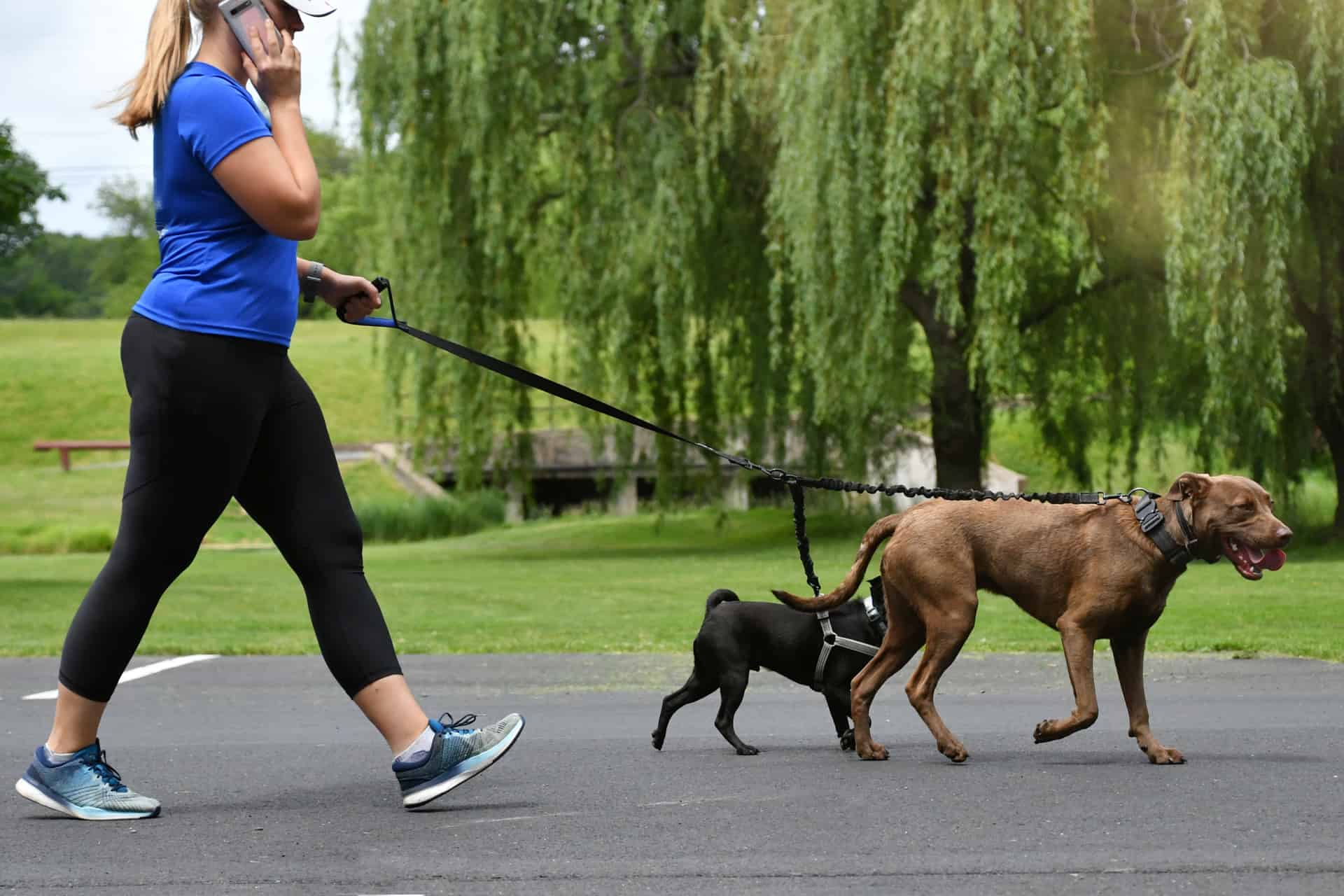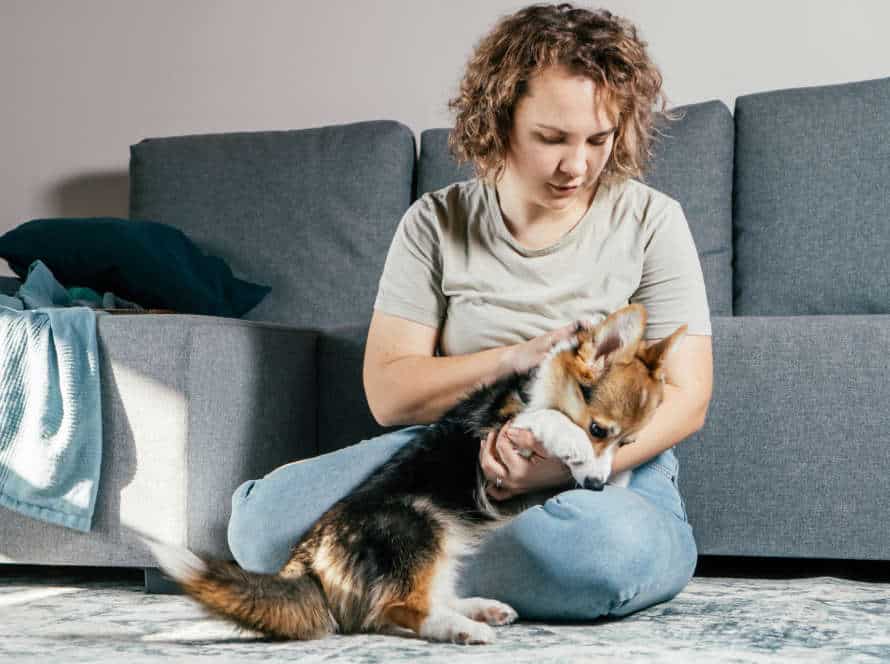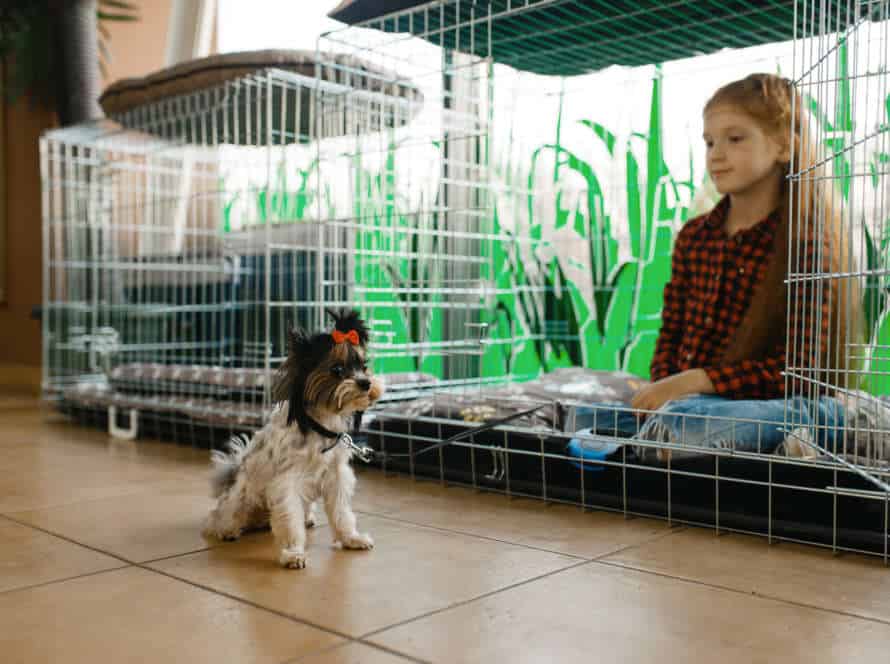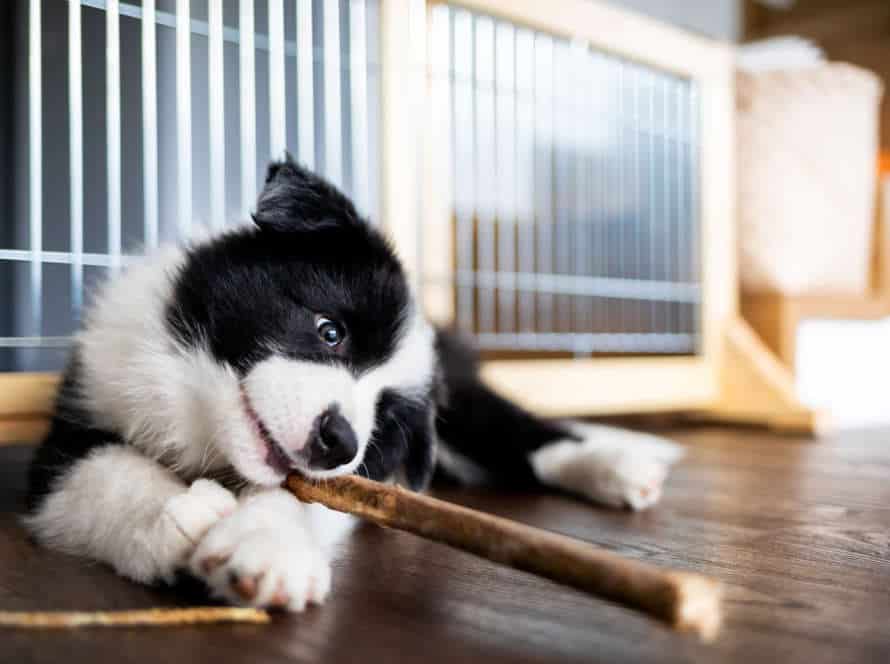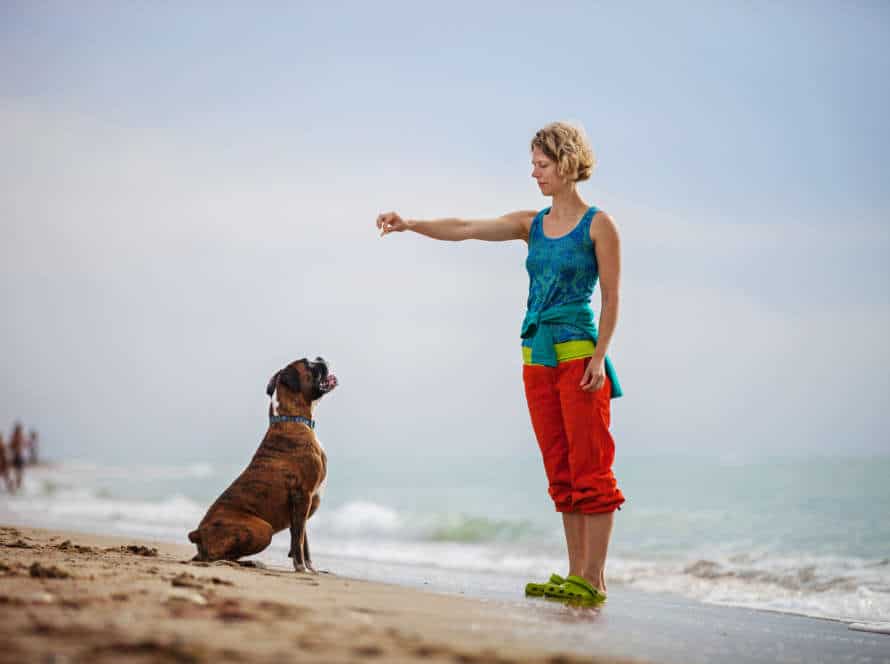The Role of Equipment in Loose Leash Walking Success
Equipment is key for successful loose leash walking training. The right equipment makes it more comfortable and effective for both you and your dog.
Various options exist, like collars, harnesses, and leashes. Each has different features and benefits.
- Collars are the most common and basic option. Buckle collars are durable and easy to use. But, choke chains and prong collars should never be used.
- Harnesses are gaining popularity. They distribute pressure more evenly than collars. Front-clip and back-clip harnesses both have advantages.
- Leashes come in different lengths, materials, and styles. A 6-foot leash is good for loose leash walking. Nylon and leather are the most durable.
Selecting the right equipment for your dog’s behavior, breed, and size is essential for success.
The Importance of Using the Right Equipment
Equipment is great for achieving successful loose leash walking with your pup. The right equipment helps you control your dog without using too much force or making it uncomfortable. Let’s check out the different types of equipment and how they can help you while walking your furry friend.
Understanding Different Types of Walking Equipment
Choosing the right gear is vital for a successful walk with your pup. There are plenty of options in the market, each with its own pros and cons.
Let’s look at the most popular ones:
- Flat collar: Commonest walking equipment. It has a buckle and can be easily adjusted. Perfect for those dogs who don’t pull and have no respiratory problems.
- Back-clip harness: Attaches to the back, providing good control and reducing neck strain. Best for smaller dogs or well-trained ones, as it offers less control than other harnesses.
- Front-clip harness: Has a leash attachment point at the chest, giving more control to the handler. Good for those pooches who pull a lot and need more control.
- Head collar: Goes over the head like a muzzle, with a clip for the leash below the chin. Ideal for dogs who pull hard and have a tendency to lunge or jump.
When picking, make sure to select one that fits you and your pup best, and introduce it gradually to avoid any issues.
Choosing the Best Walking Equipment for Your Dog
When it comes to loose leash walking, the right gear is key. It can make your pup feel safe and secure, as well as make training simpler and more successful. Here are things to consider when picking walking equipment:
- Size and breed of your pup.
- Control needed.
- Comfort and fit.
- Durability and material.
Popular types include collars, harnesses, and leashes. Pros and cons of each, so pick the one that works best for your pup.
Pro Tip: Before buying new walking equipment, talk to a vet or animal behaviorist first.
How the Right Equipment Can Improve Loose Leash Walking
Having the right gear is vital for successful loose leash walking with your pooch. The right equipment can give you more control, improve your pup’s comfort, and even encourage positive behavior. Here are some recommended pieces of equipment for a successful walk:
- A front-clip harness – This clips onto your dog’s chest, preventing them from pulling and pushing their attention back onto you.
- A head collar – Fits over your pup’s nose and helps guide them in the right direction.
- A flat collar and leash – A regular leash is best for maintaining control, and a flat collar is less likely to cause discomfort.
Using the correct equipment is key to creating good walking habits and strengthening your bond with your pup.
Common Equipment Options for Loose Leash Walking
Leash walking is essential for any pup’s training. The correct gear can make it successful! Collars, harnesses, clickers and treat pouches – these are some of the common tools that can help. Let’s see how they work!
Collars: Pros and Cons
Collars are a popular choice for leash walking, but they have benefits and drawbacks.
Pros:
- Easy to adjust and use.
- Inexpensive and accessible.
- Can be used as ID tags.
Cons:
- May harm the neck or trachea if pulled too harshly.
- Might not be suitable for strong or big breeds.
- Might cause pulling or lunging if not used properly.
To ensure safe leash walking with a collar, get the right size and fit, avoid excessive pressure, and use with positive reinforcement training. If your pup tends to pull or if you fear neck injuries, try other equipment.
Harnesses: Pros and Cons
Harnesses are a great way to keep your pup on a loose leash. But, there are some pros and cons you should be aware of.
Pros:
- Comfort: They are often padded, reducing chafing and irritation.
- Control: Better control than collars, especially for dogs that pull or lunge.
- No choking: No pressure on the dog’s neck, reducing risk of injury.
Cons:
- Overheating: Can increase body temperature in warm weather.
- Escape: Can escape if not fitted properly.
- Limited movement: Can restrict range of movement, particularly in legs and shoulders.
When selecting a harness for your pup, take into account their body type, behavior, and any physical limitations. Pro Tip: Always supervise your pup when wearing a harness and make sure it fits properly to avoid any accidents.
Head Collars: Pros and Cons
Head collars are a top choice for loose leash walking!
Pros? They provide more control, and can help correct behavior in large or strong dogs.
Cons? They may cause discomfort, and need to be fitted and trained properly. Ultimately, it depends on your dog’s needs and goals.
No equipment can replace consistent training and positive reinforcement though – important to remember!
Training Tools to Aid in Loose Leash Walking Success
Training your pooch to walk on a loose leash is an essential milestone in their training. Utilizing the right gear can make it simpler and more effective. There is a range of gear to pick from – from slip collars to head halters to training leashes. In this article, we will go over the different kinds of gear, how to employ them correctly, and when to use them.
Treats and Rewards
Treats and rewards are key for loose leash walking success with your pup. Choose the right tools and equipment for effective training. Here are some to consider:
- Front Clip Harness – attaches to chest, redirecting focus back to you.
- Head Collar – fits around head and helps control direction of movement.
- Treat Pouch – allows you to keep treats handy during walks.
- Clicker – reinforces good behavior with treats or rewards.
Consistency and patience are essential. Pro Tip: Use high-value treats like meats or cheese to keep pup’s attention.
Clickers and Whistles
Keys to success with loose leash walking? Use the right tools.
Clickers and whistles are popular options.
Clickers are small plastic devices that make a distinct clicking sound. The sound marks when your dog does something good.
Whistles are useful too. Dogs have better hearing than humans, so using a whistle can help your dog learn faster.
These tools can be effective, but get professional help to use them correctly. Don’t harm your dog!
Training Leads and Leashes
Leads and leashes are key for success in loose leash walking training. Here are some tools that can help:
- Front-clip harnesses: D-ring on chest for redirecting pup’s attention.
- Back-clip harnesses: D-ring on back for easier steering.
- Martingale collars: Stop pup slipping out and reduce throat pressure.
- Head collars: Handler gets more control of pup’s head.
Ensure the right fit and properly introduce the tool. Pro tip: Consistency and positivity are key!
Training Techniques for Loose Leash Walking
Training your dog for loose leash walking is essential for any owner. To help, there are practices and equipment. Knowing the role of things such as harnesses, collars, and leashes is important. Let’s look into these techniques more.
Choosing the Right Training Techniques for Your Dog and Equipment
Choosing the right training techniques and equipment for your pup is key to teaching loose leash walking. It all depends on their size, breed, and personality.
Positive reinforcement is a great way to start. Reward good behavior with treats or praise.
Another technique is clicker training. Use a handheld device that makes a clicking sound, then give them a treat or praise.
The right equipment varies by dog. Harnesses work well for short snouts; collars, for long snouts. Avoid retractable leashes, as they can make it hard to control your pup.
Be patient and consistent. Training takes time and effort, but it’s worth it.
Pro tip: Follow up the click with a reward to reinforce positive behavior.
Positive Reinforcement Training Methods
Positive reinforcement training is a good way to teach dogs to walk on a loose leash. It focuses on rewarding good behavior instead of punishing bad behavior. Here are some tips for loose leash walking with positive reinforcement:
- Give treats or toys to your dog when they walk beside you without pulling.
- If your pup pulls on the leash, stop walking and wait until they return to your side before continuing.
- Start training in a low-distraction environment and then move to more difficult places like parks or busy streets.
Equipment is also important. Get a harness, head collar, or flat collar that fits your pup’s breed, size, and behavior.
Pro tip: Consistency is key. Reward your pup for good behavior consistently and they will learn to walk on a loose leash over time.
Corrective Techniques for Persistent Walking Issues
Frustrating it can be for both dogs and owners when a pup has persistent walking issues. No worries, though; there are corrective techniques to help improve the situation. Here are some to try:
- Reward-Based Training – Create positive associations with loose leash walking by rewarding good behavior with treats or toys.
- Stop-and-Start Method – When pup pulls, stop walking. When the leash is slack, start again. This teaches pup that pulling stops progress, not helps it.
- Use Equipment – Collars, leashes, harnesses, and head halters can all help train pup to walk on a loose leash. A front-clip harness makes pulling uncomfortable, while a head halter provides great control over pup’s head and body.
Pro tip: Consistency is key for success. Be patient and use positive reinforcement for best results.
How to Incorporate Equipment into Loose Leash Walking Training
Equipment can help you with your loose leash walking training. It can make it easier and increase success. The correct equipment can keep your pup’s focus during a training session and also give you control. Here are some pieces of equipment you can use and how they help in training:
- Harness: A harness can be a great option for dogs who tend to pull on walks. It can help distribute pressure evenly and prevent choking or neck injuries.
- Head collar: A head collar, like a Gentle Leader or Halti, can be an effective tool for controlling your dog’s head and, therefore, their whole body. It can also help prevent pulling and jumping.
- Flat collar: A simple flat collar can be used for loose leash walking, but it’s important to make sure it fits properly and isn’t too tight or too loose.
- Treat pouch: While not exactly a piece of equipment for your dog, a treat pouch can help you keep treats handy and reward good behavior during walks.
Introducing Equipment During Training
Incorporating equipment into loose leash training can be helpful. But, it’s essential to introduce it correctly. Here are some tips:
- Start small. Wear harnesses or head collars for a few minutes at first, then increase the time.
- Pair with rewards. Give treats or play while introducing the equipment.
- Use positive reinforcement. Praise your dog for every step.
- Be consistent. Don’t switch between equipment too frequently.
Equipment can help with loose leash walking if used correctly. Remember, introduce it gradually and positively reinforce its use.
Using Equipment to Reinforce Training
Equipment is key for teaching your pup to walk on a loose leash. It helps with fast feedback and makes training easier.
Harnesses help spread your pup’s weight, making it comfy to walk without pulling.
Head halters let you control your pup’s head and stop them from yanking or lunging.
Leashes come in two forms: long and short. Long leashes give them more freedom, whereas shorter leashes give more control.
Treat pouches are great for reinforcing good behavior and encouraging your pup to keep walking without pulling.
Remember to get equipment that fits your pup properly and use positive reinforcement when training.
Gradually Fading Out Equipment during Training
When it comes to training dogs for loose leash walking, equipment fading is important. Equipment such as front-clip harnesses or head collars can be useful in the beginning. But the goal is for the dog to walk without needing any. Here are some tips:
- Start with the equipment and follow a plan.
- Decrease equipment use once progress is made.
- Increase time walking without equipment.
- Observe your dog and adapt training.
- With time, your dog should be able to walk without equipment. Every dog is different, so adjust training.
Pro Tip: Positive reinforcement is key. Having treats to reward good behavior is a great way to reinforce good behavior.
Conclusion: How to Achieve Loose Leash Walking Success with the Right Equipment and Training
To sum up, achieving success in loose leash walking needs both the correct gear and proper training. The right equipment can make a big change when teaching your dog to walk on a leash. A harness or special collar can give you the power to keep your pup safe while learning. A front-clip harness is great for dogs that pull. A head collar can also help stop pulling and give you more control over your pup’s head movements. A regular collar and leash can be useful for dogs that already walk well, but need a bit of help.
However, even with the right equipment, the proper techniques are still important for success. Positive reinforcement such as rewards and praise can motivate good walking behaviour. By mixing the right gear and positive reinforcement training, you can achieve success in loose leash walking and have a great time walking with your furry mate.
Frequently Asked Questions
1. How important is the role of equipment in loose leash walking success?
The role of equipment is crucial as it can either aid or hinder your success in loose leash walking. Choosing the right equipment for your dog’s size, weight, and breed can make all the difference.
2. What equipment is best for loose leash walking?
The best equipment for loose leash walking largely depends on your dog’s individual needs and training progress. Some commonly used equipment includes harnesses, front-clip harnesses, head halters, and martingale collars.
3. How do I choose the right equipment for my dog?
To choose the right equipment for your dog, you should consider his or her size, weight, and breed, as well as any special needs such as pulling, jumping, or aggression. Consult with a professional trainer for guidance.
4. Can equipment alone fix my dog’s loose leash walking issues?
No, equipment alone cannot fix your dog’s loose leash walking issues. While proper equipment can aid in the training process, it is essential to work with a professional trainer to address any underlying behavior problems and teach your dog proper walking manners.
5. How should I introduce and use equipment in the loose leash walking training process?
Introduce equipment gradually and positively, using treats and praise to help your dog associate the equipment with positive experiences. Begin using the equipment during short training sessions and gradually increase the duration and intensity of walks as your dog becomes more comfortable.
6. What should I do if my dog continues to pull on the leash despite using the proper equipment?
If your dog continues to pull on the leash despite proper equipment and training, it may be necessary to consult with a professional trainer to address any underlying behavior issues and develop a customized training plan.

